How to Transport Pet Fish When Moving: Keep Your Fish Safe
Moving pet fish requires careful planning and proper preparation to ensure their health and safety. A
professional moving team
can handle furniture and boxes, but your fish need special care during the move. This guide outlines the essential steps for transporting your aquatic pets safely and securely. We'll discuss tank preparation, selecting the right containers, maintaining clean water, reducing stress, and helping your fish acclimate to their new home. Following these tips helps ensure your fish arrive healthy at their new location.
Tank Preparation Before Moving
Preparing your fish tank properly before moving is important for your fish's safety. Start by lowering the water level to about half to prevent splashing. Secure all decorations and equipment to prevent them from moving around and potentially harming your fish or damaging the tank. Maintain a steady water temperature by using battery-powered air pumps and wrapping the tank in blankets. Don't feed your fish for 24 hours before moving to reduce waste during travel. Keep a battery-powered air pump and water testing kit ready. Put your fish in a dark, insulated container to reduce stress. These steps help keep your fish healthy and safe during the move.
Securing Proper Transportation Containers
Choosing the right containers is vital for safely moving your fish. Select strong, leak-proof containers, such as plastic bags designed for fish transport or small containers with good airflow. The containers should provide your fish with sufficient space to move around without excessive water movement during transportation. Ensure the containers are thoroughly clean and free from any chemicals that could harm your fish. Close the lids tightly to prevent spills and maintain a steady temperature inside the containers, thereby minimizing fish stress. The right-sized containers are key to a smooth and safe trip for your fish.
Maintaining Water Quality During Transit
Maintaining good water quality during transport is essential for your fish's health throughout the journey. The primary goal is to effectively manage oxygen levels and waste buildup. Fish need oxygen to breathe, so good air flow is important. Battery-powered air pumps or oxygen tablets help maintain oxygen levels during travel. Waste like ammonia and nitrites can harm fish health. To prevent this, do partial water changes before travel and add water conditioners that neutralize harmful substances. Use test kits to monitor the water quality throughout the journey, allowing you to identify and address any issues quickly.
Minimizing Stress for Your Fish
Keeping your fish calm during transport is crucial for minimizing stress and maintaining their health. Here are key ways to help:
- Keep Stable Water Parameters: Changes in temperature, pH, or ammonia levels stress fish. Check and adjust these as needed
- Supply Adequate Oxygen: Good air flow during transport ensures your fish has enough oxygen
- Minimize Light Exposure: Excessive light exposure can increase stress levels. Keep their environment dim or cover their container.
Settling Your Fish Into Their New Home
After arriving at your new location, help your fish adjust properly to their new environment. Start by setting up the tank with the same water conditions as the old tank to reduce stress. Slowly introduce your fish to the tank by floating them in a bag for 15-20 minutes to acclimate them to the temperature. Then gently release them into the water. Watch your fish closely for the first few days to make sure they're swimming and eating normally. Keep a regular feeding schedule and maintain good water quality to help them adjust easily. These steps ensure a smooth transition for your fish.
Related Topics:


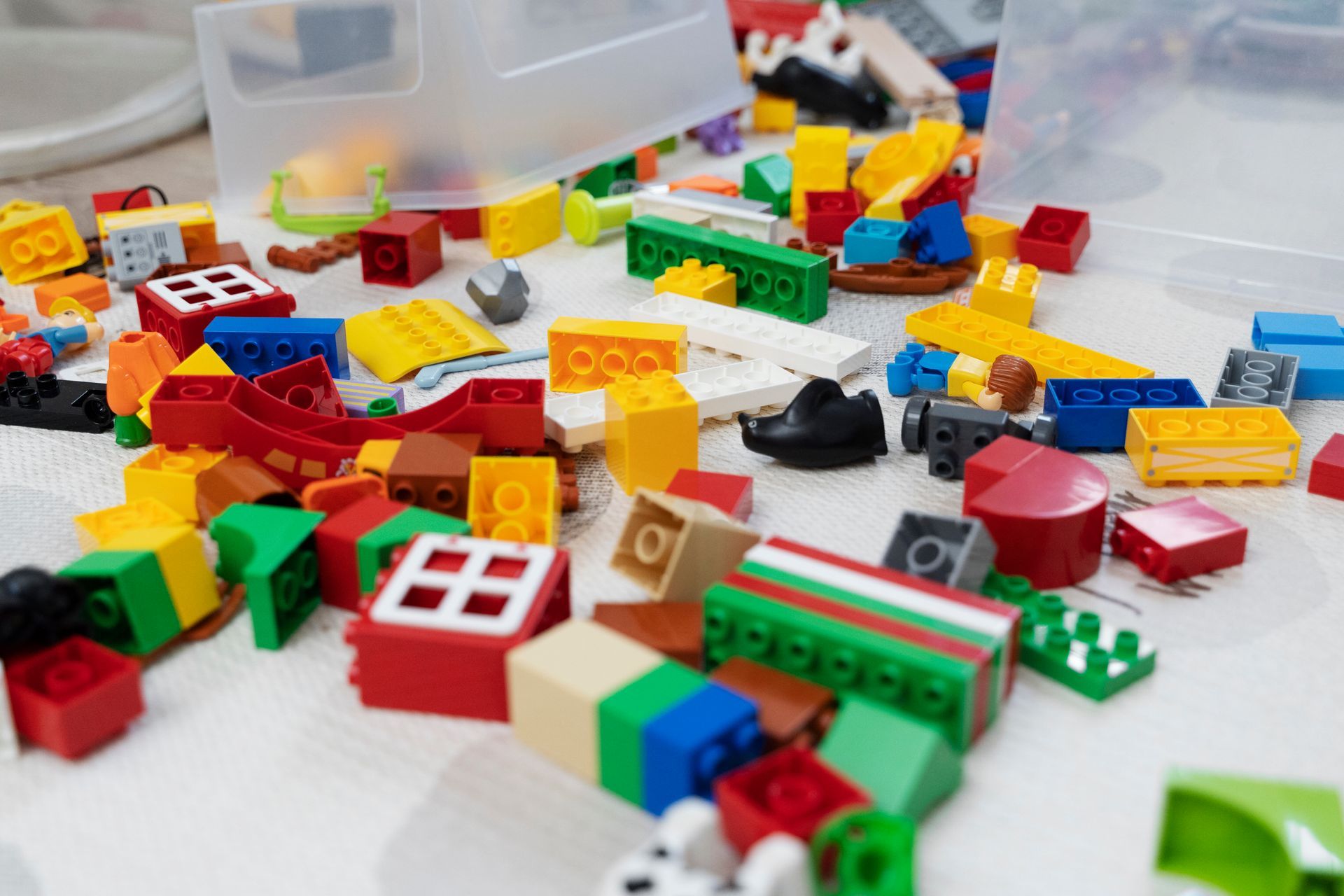
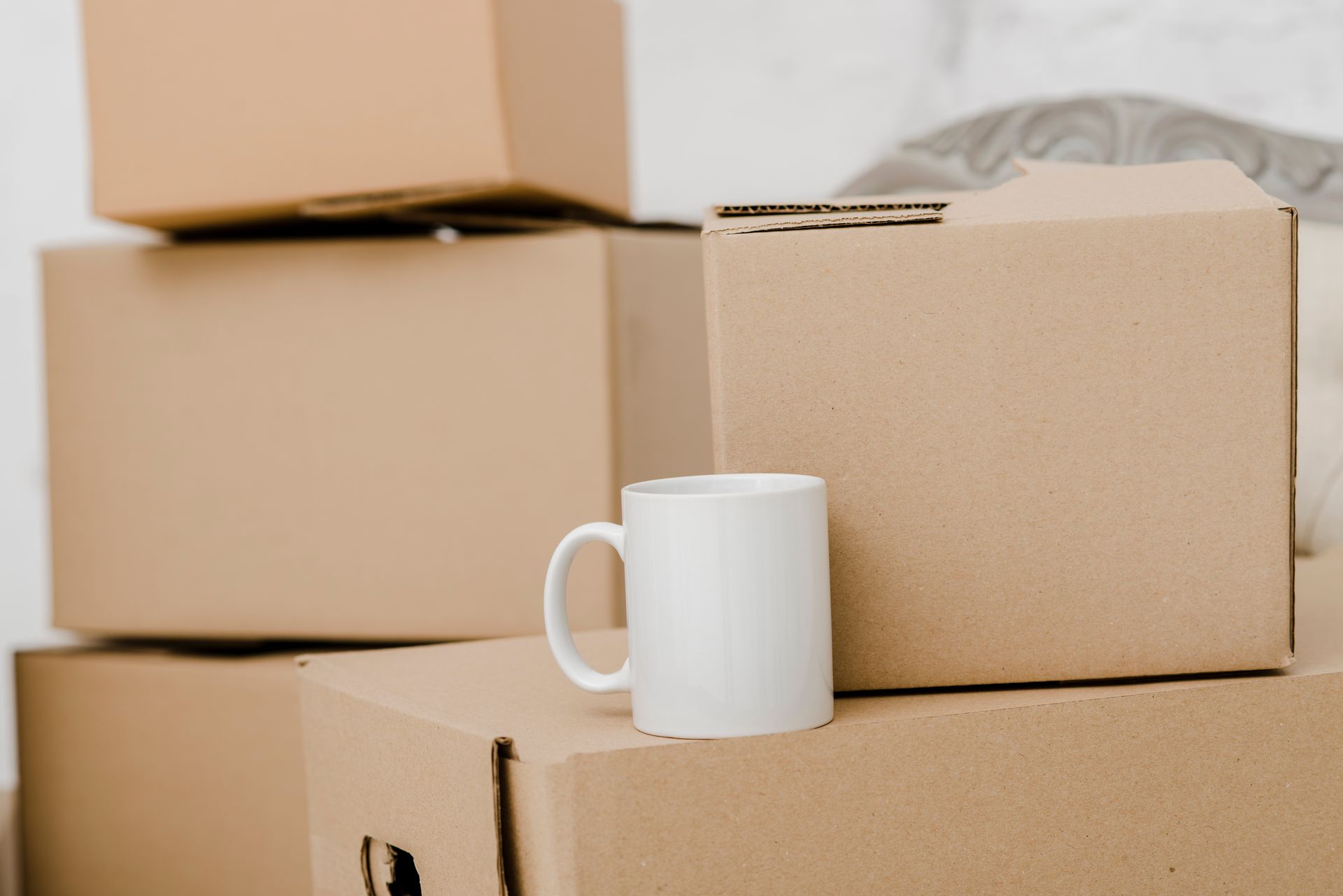
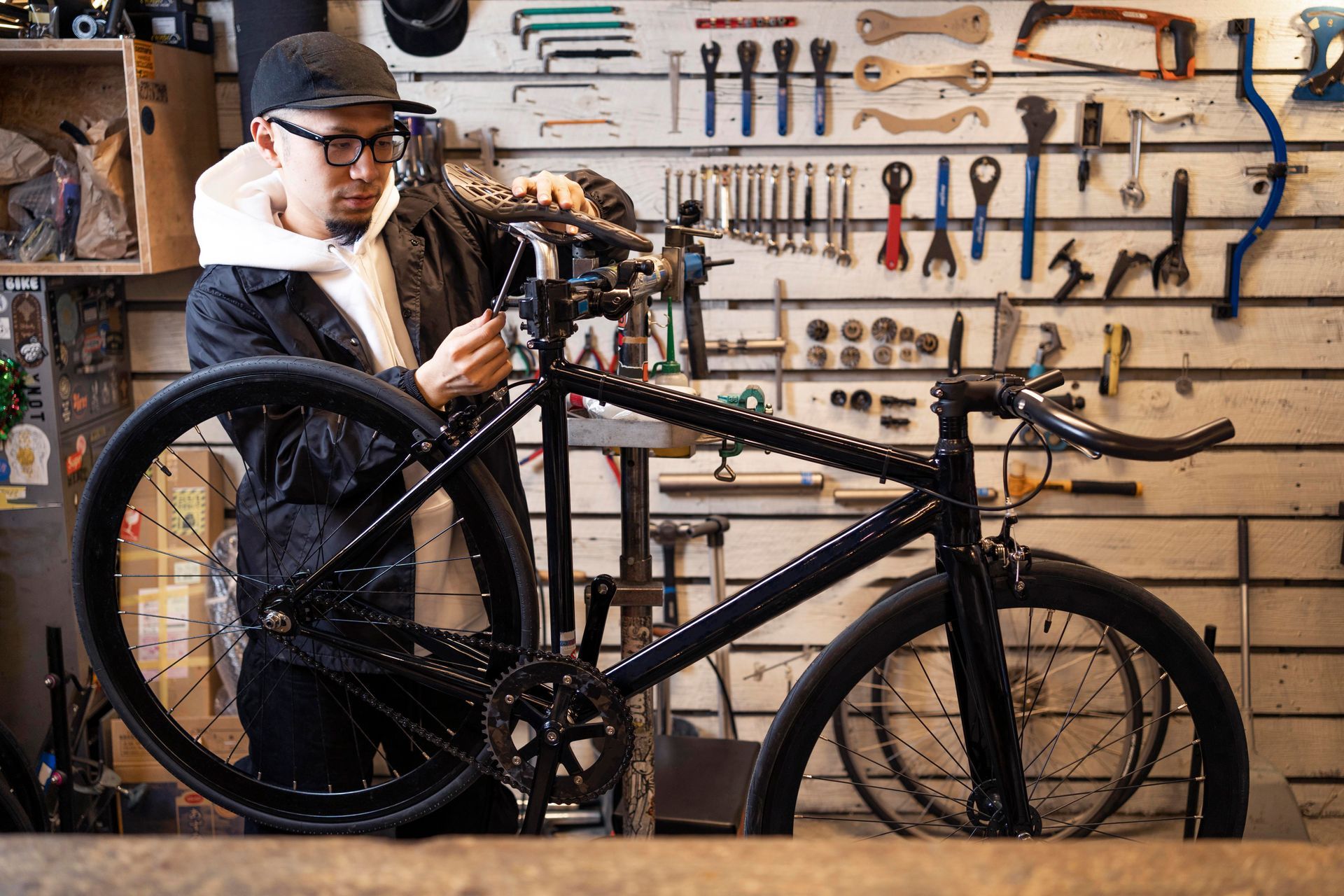
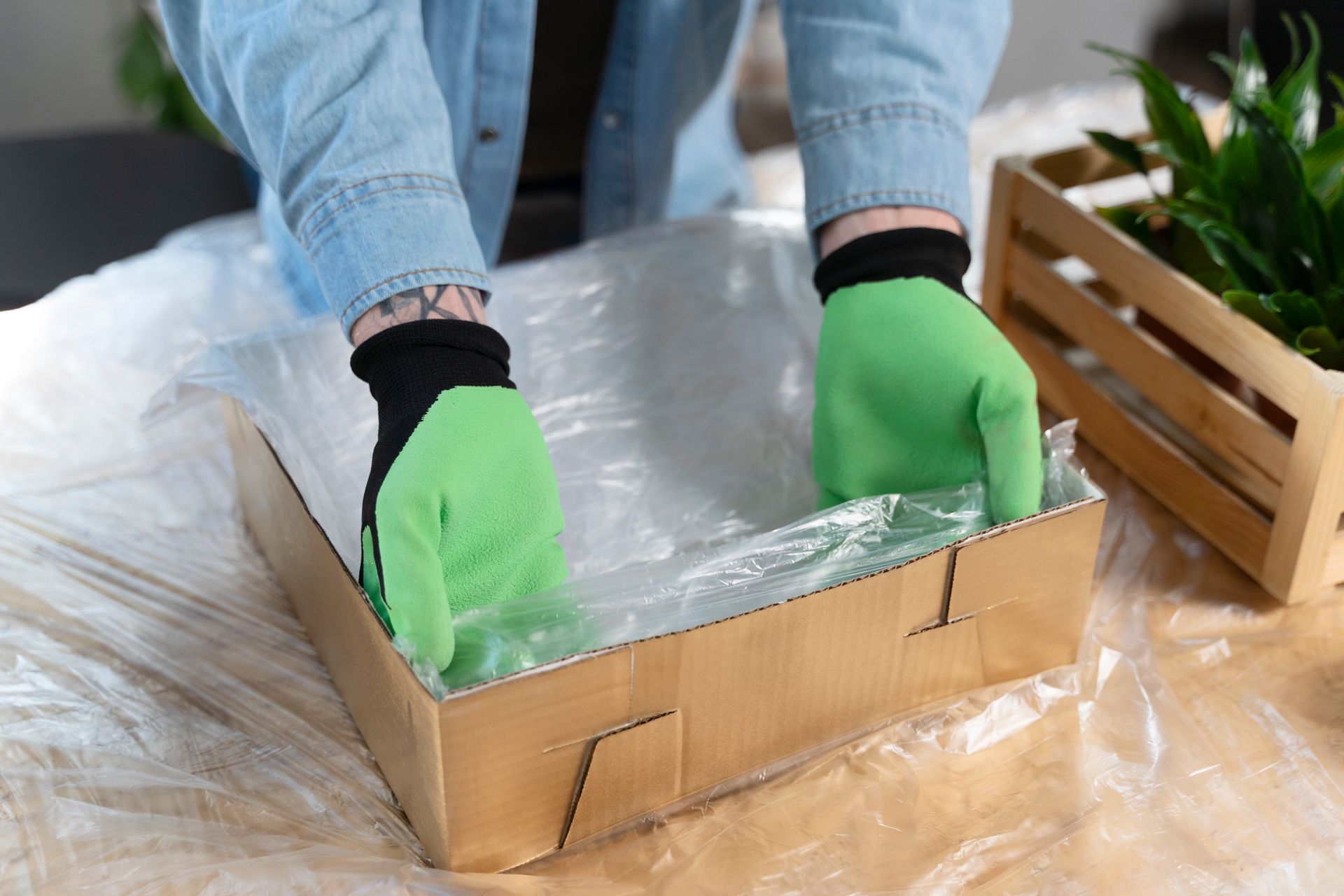
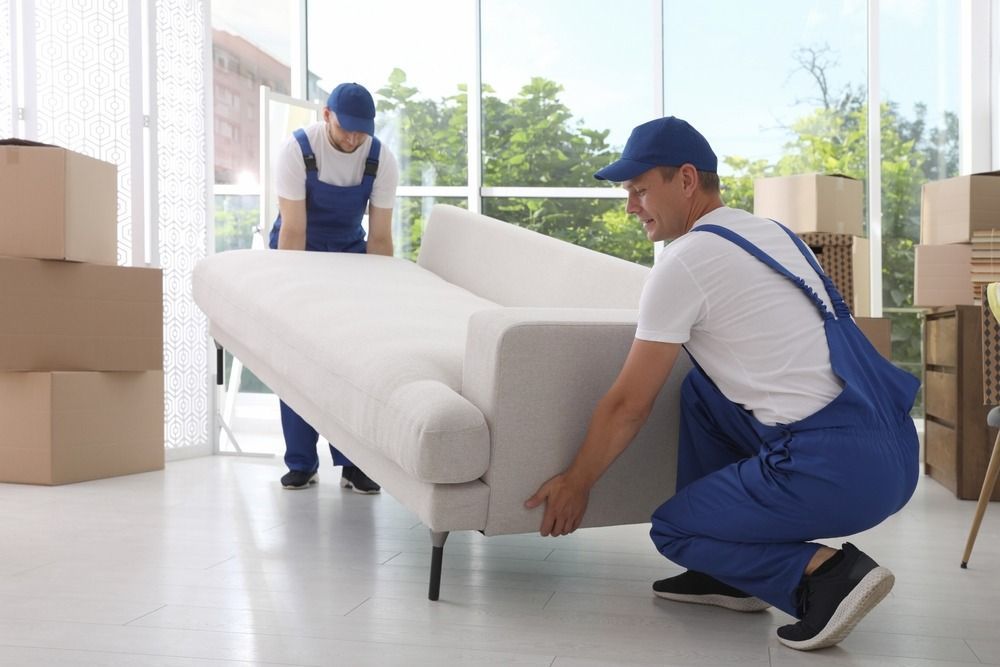


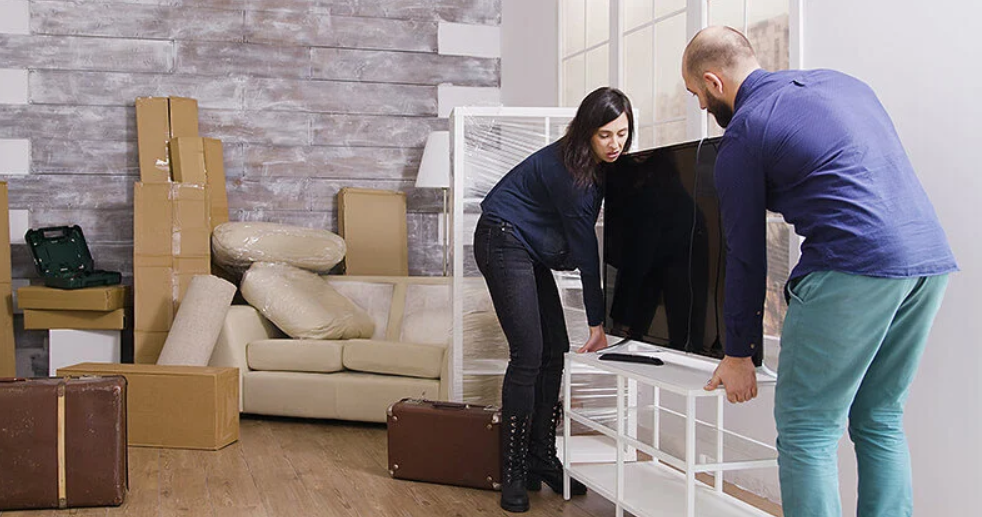
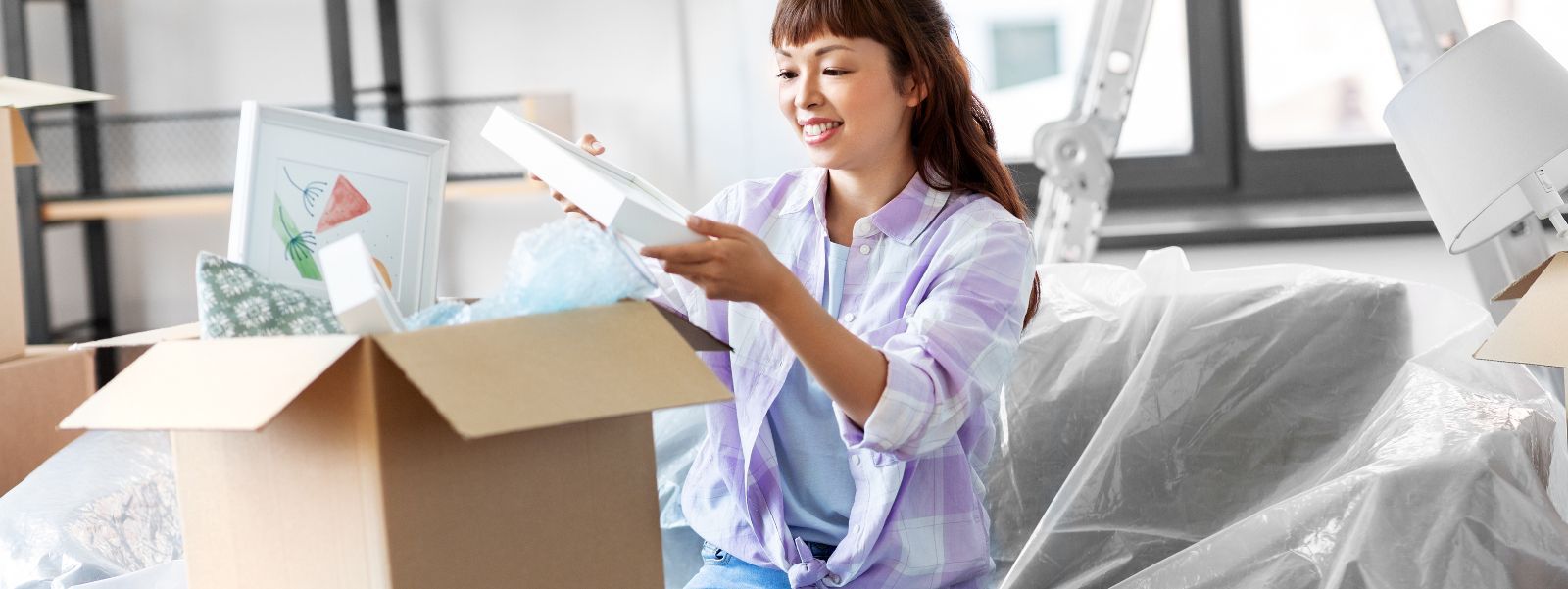
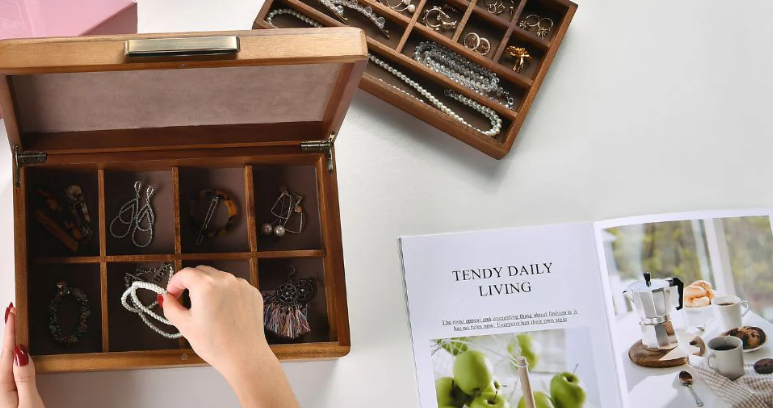
Share On: